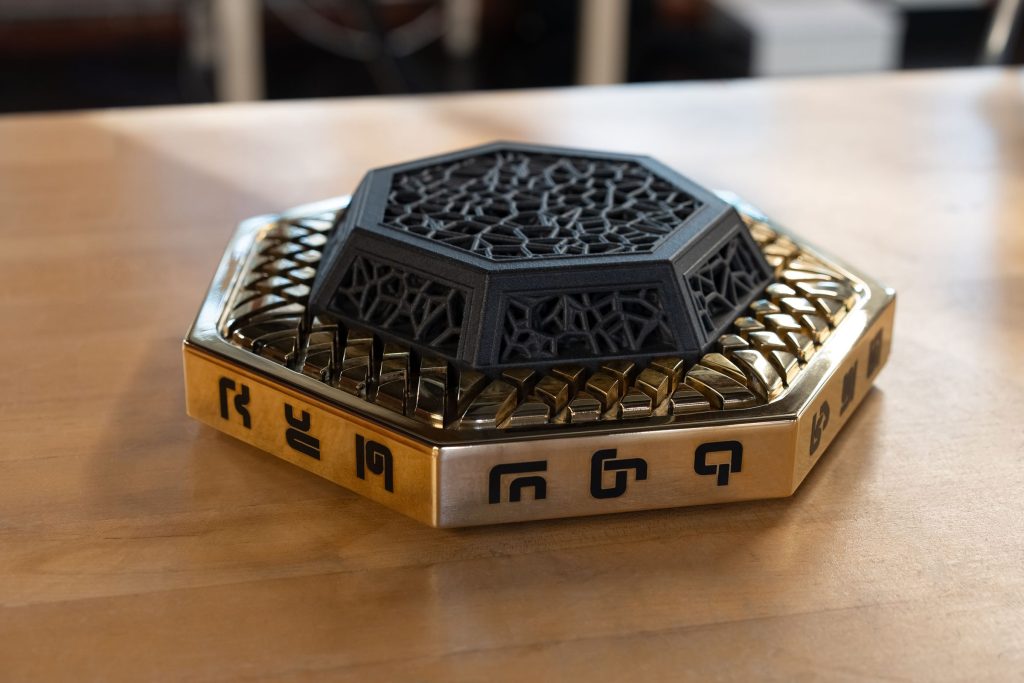Extropic Aims to Disrupt the Data Center Bonanza
Summary
Startup Extropic has produced its first working hardware for a radically different kind of processor that computes with probabilistic bits (p-bits) rather than deterministic 0s and 1s. The company calls the approach thermodynamic sampling units (TSUs). Its current hardware, the XTR-0, pairs an FPGA with early probabilistic chips (X-0) and demonstrates that p-bits can be used for machine-learning tasks and scientific modelling. Extropic has also released TRHML, software that simulates its chips on GPUs, and shared the physical device with a handful of partners testing weather forecasting and AI workloads. The firm says a larger follow-up chip, Z-1, with roughly 250,000 p-bits could be delivered next year and might offer orders-of-magnitude improvements in energy efficiency for generative AI and other heavy workloads. The founders — Guillaume Verdon (CEO) and Trever McCourt (CTO) — have roots in Google quantum research, and the project is now being trialled by frontier AI labs and specialised startups.
Key Points
- Extropic’s TSUs use thermodynamic electron fluctuations to model probabilities via p-bits rather than binary bits.
- The current prototype, XTR-0, combines an FPGA with two X-0 probabilistic chips and demonstrates the p-bit concept at small scale.
- Extropic published an arXiv paper and released TRHML software to simulate its hardware on GPUs for wider developer testing.
- Partners — including an AI-driven weather-forecasting startup — have been given early access to test efficiency and functionality.
- The planned Z-1 chip (announced) would contain about 250,000 p-bits and aims to enable new diffusion-model primitives for generative AI.
- Extropic claims potential orders-of-magnitude gains in energy efficiency and density, which could reduce the need for massive, energy-hungry data centres.
- Major open questions remain around scaling, practical deployment, and how to build systems at the scale of models like ChatGPT or Midjourney.
Context and relevance
The AI industry is driving a massive boom in data-centre construction and energy consumption. Extropic’s approach addresses that trend head-on by proposing a fundamentally different physics-based compute primitive that natively handles uncertainty — a capability central to many AI and scientific tasks. If the Z-1 and subsequent devices scale as claimed, they could change economics and design choices for large-scale AI, edge forecasting, and scientific simulation. However, the work is early: the company has a working prototype and simulations, but practical, large-scale deployment and software ecosystems are still to be proven.
Why should I read this?
Short version: if you care about where AI compute is heading — and the electricity bill that comes with it — this is worth five minutes. Extropic might be pitching vaporware, or it might be showing a genuinely different physics-first path to much cheaper, denser compute. The article gives you the tech basics, who’s involved, and what to watch for next (Z-1, TRHML uptake, partner results).
Source
Source: https://www.wired.com/story/extropic-aims-to-disrupt-the-data-center-bonanza/

